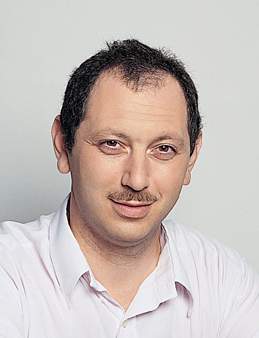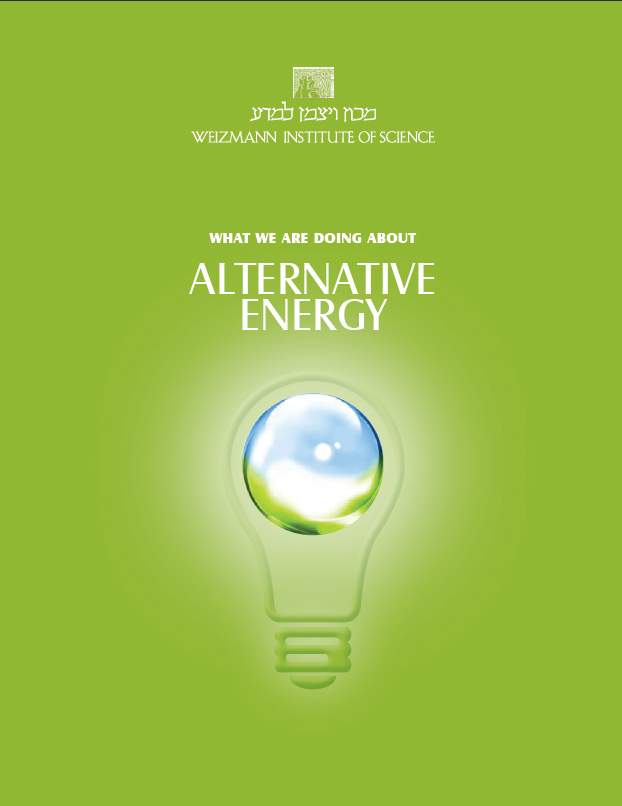
One way to do this would be to use wind-generated or sun-generated electricity to power the chemical production of fuel – a movable form of stored energy. Prof. Igor Lubomirskyof the Materials and Interfaces Department has come up with an idea for doing just that. The chemical reaction he is interested in would split molecules of carbon dioxide (CO2) to create carbon monoxide (CO) and oxygen (O2). The carbon monoxide (which is dangerous mainly when inhaled in small, enclosed spaces) could then be easily transported to where it is needed or, alternatively, converted by another simple chemical reaction into fuel – for vehicles or power stations.
Splitting CO2 molecules directly is very inefficient. Lubomirsky focuses, with support from AERI, on the possibility of creating an alternative process in which CO2 is first converted into a cheap, reusable intermediate product such as soda (a common, naturally occurring mineral compound) and then split into oxygen and CO by electrical current. His goal is to develop a chemical process that is stable over time, as well as being non-polluting and requiring minimal maintenance. Because the gasses CO2 and CO are easy to transport, plants for producing the CO could be located in sparsely populated deserts or, as Lubomirsky envisions, anchored in oceans, where steady, year-round winds could provide a constant energy source. Instead of oil tankers crossing the ocean, the future could see ships carrying compressed CO2 plying routes to floating wind-power plants while CO, ready to be turned into fuel, is delivered to the nearest gas station.
Prof. Igor Lubomirsky’s research is supported by Mr. and Mrs. Yossie Hollander, Israel.






















